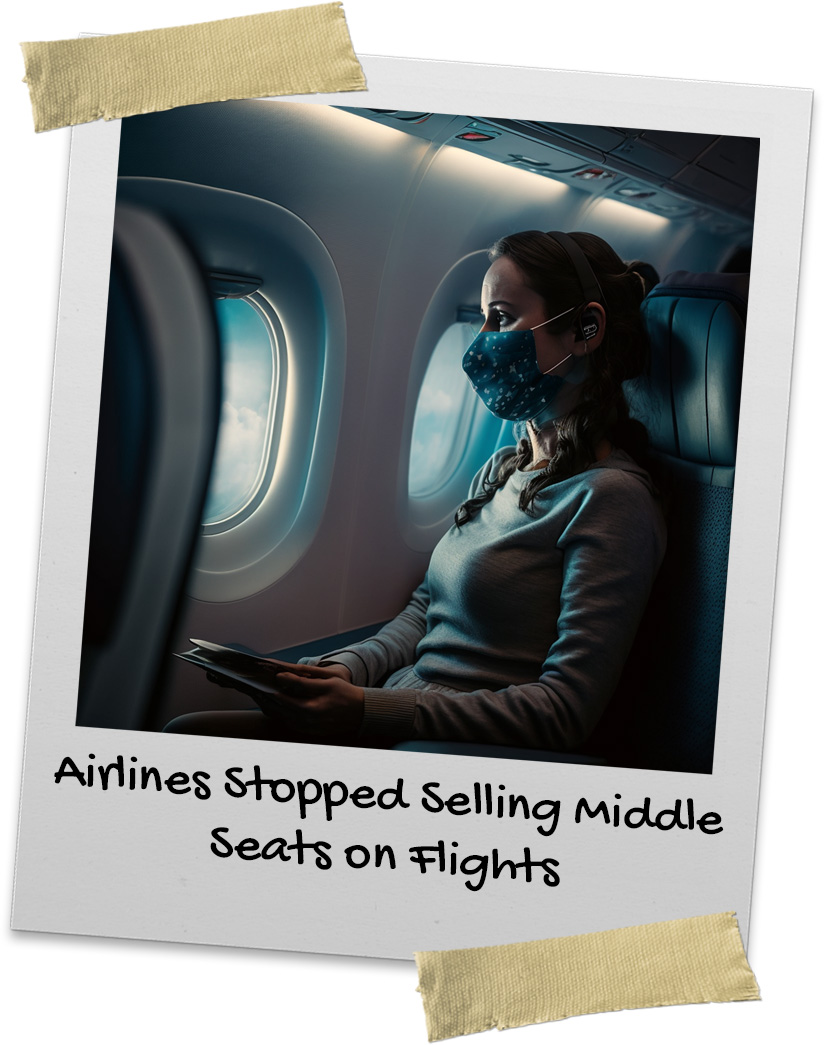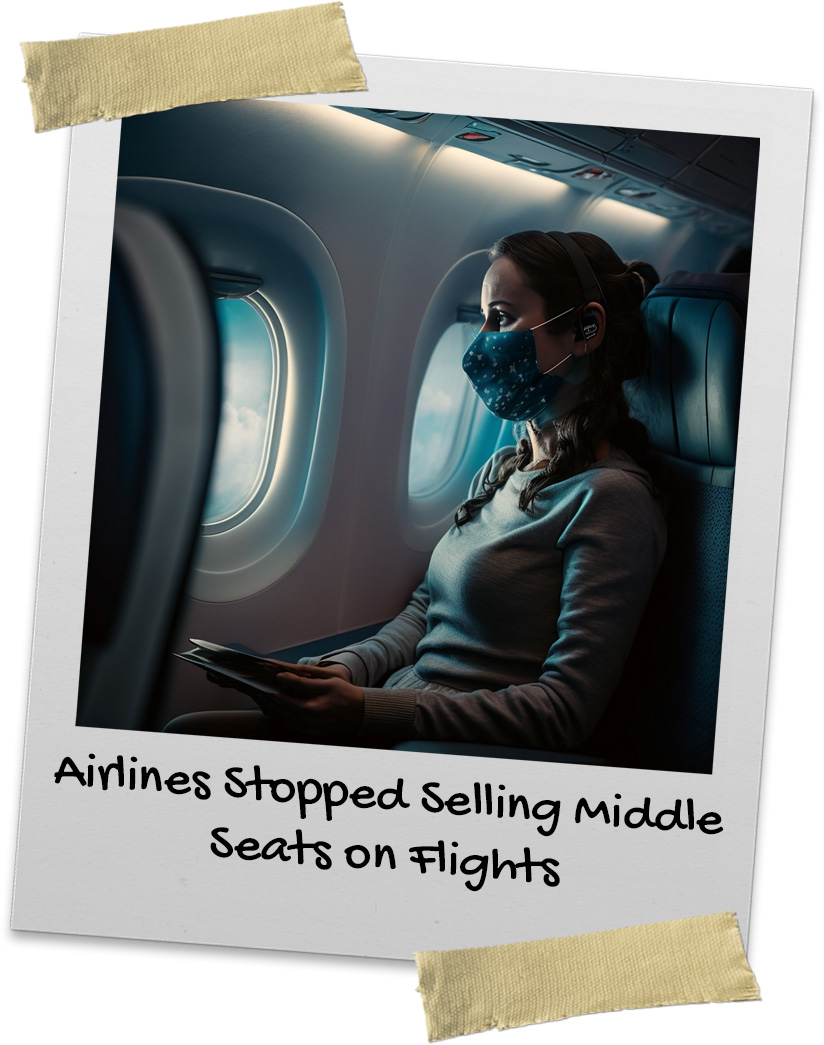Airlines Stopped Selling Middle Seats on Flights


COVID-19 struck a huge blow to travel plans. Vacations were scrapped or postponed as families made the choice to stay at home and business travel plans were canceled as companies chose to keep their employees safe. People were rightfully concerned about the virus spreading and being in close contact with strangers on planes.
As a result, USA airlines took a huge hit in 2020--over $35 billion in lost revenues. Most airlines cut their routes and parked a lot of their aircraft. Many flew routes at 10-20% of the airplane’s capacity.
In the early stages of the pandemic, the 11 biggest United States airlines (Alaska Airlines, Allegiant, American, Delta, Frontier, Hawaiian Airlines, JetBlue, Southwest, Spirit, Sun Country, and United) either blocked middle seats or limited the number of tickets sold, or both, to make sure flights weren’t completely full.
This was quite easy to implement when travel demand was so low. They didn’t have the demand to fill up a plane, so it was easy to follow a mandate to leave the middle seats unsold and empty on flights.
The 6-foot social distancing rules from the ground went away on an airplane. In a 3-by-3 seat configuration, having a middle seat empty at best gets you a couple of feet of distance. The policies were a combination of psychology for making flyers feel safer, and a product of the airlines unable to completely fill up a flight.
Of the non-discount carriers, American Airlines was the first airline to announce that they would begin re-selling flights to 100% capacity, starting July 1, 2020. Slowly, as demand started to increase, the rest of the airlines followed suit and relaxed their rules about leaving middle seats empty. Delta Airlines was the last holdout. They had positioned themselves as the “safe” airline, holding to their policy of keeping middle seats open longer than any other airline.
After the levels of travel returned to near pre-pandemic levels, one holdover from the seat blocking era remained. There was a new way to make sure the middle seat would be left empty: most carriers allowed travelers to also book the seat next to theirs as well, to ensure it would remain empty. For the full ticket price, of course.



